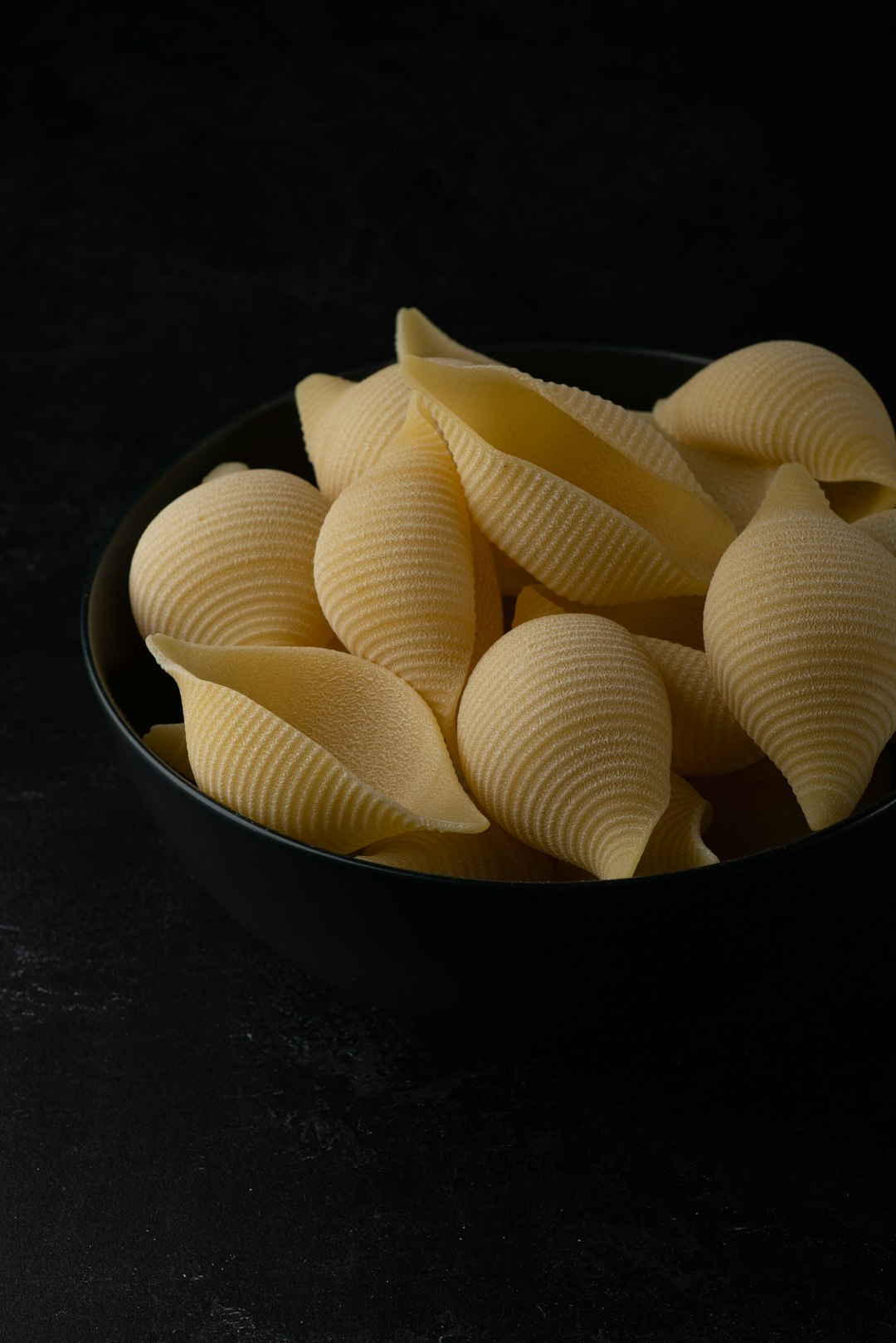Unveiling the Wonders of Buttermilk in the Kitchen

Buttermilk, a dairy product with a rich history and a plethora of culinary applications, has long been a staple in kitchens around the world. Its unique flavor profile, characterized by a delightful tang and subtle richness, sets it apart from other dairy options and makes it a versatile ingredient in both cooking and baking. In this article, we will delve into the world of buttermilk, exploring its origins, composition, uses, and even discussing some common substitutes.
### What is Buttermilk?
Buttermilk is traditionally the liquid that remains after churning butter from cream. In the past, this was a natural by - product of the butter - making process. Today, most commercially available buttermilk is cultured. It is made by adding lactic acid bacteria to low - fat or skim milk. These bacteria ferment the lactose in the milk, producing lactic acid. This acid gives buttermilk its characteristic tangy flavor and also causes the milk proteins to coagulate slightly, resulting in a thicker consistency.
### Nutritional Value
Buttermilk is not only delicious but also nutritious. It is a good source of calcium, which is essential for strong bones and teeth. It also contains vitamin B12, which is important for nerve function and the production of red blood cells. Additionally, buttermilk has a relatively low fat content compared to whole milk, making it a healthier option for those watching their fat intake. The lactic acid in buttermilk can also aid in digestion, as it helps to balance the pH in the stomach.
### Culinary Uses of Buttermilk
#### Baking
One of the most common uses of buttermilk is in baking. The acid in buttermilk reacts with baking soda, a leavening agent, to produce carbon dioxide gas. This gas helps baked goods rise, resulting in lighter and fluffier textures. Buttermilk biscuits are a classic example. The tangy flavor of buttermilk adds a depth of flavor to the biscuits, making them a favorite in Southern cuisine. Pancakes made with buttermilk are also incredibly tender and have a slight tang that sets them apart from regular pancakes. Muffins, cakes, and quick breads also benefit from the addition of buttermilk. It helps to keep these baked goods moist and gives them a more complex flavor.
#### Cooking
In cooking, buttermilk is often used as a marinade. Its acidic nature helps to tenderize meat, making it more flavorful and juicy. Chicken marinated in buttermilk before frying becomes incredibly tender and has a crispy exterior. Buttermilk can also be used in salad dressings. Its tangy flavor adds a refreshing element to the dressing, and it can be combined with herbs, spices, and other ingredients to create a delicious and creamy dressing. Soups and stews can also be enhanced with the addition of buttermilk. A dollop of buttermilk on top of a bowl of hot soup can add a cooling and tangy contrast to the warm flavors of the soup.
### Common Buttermilk Substitutes
There may be times when you don't have buttermilk on hand. Fortunately, there are several substitutes that can be used in a pinch. One of the most common substitutes is a combination of milk and lemon juice or vinegar. Simply add one tablespoon of lemon juice or white vinegar to one cup of milk and let it sit for about 5 - 10 minutes. The acid in the lemon juice or vinegar will cause the milk to curdle slightly, mimicking the texture and acidity of buttermilk. Another substitute is yogurt. Plain, unsweetened yogurt can be thinned with a little milk to achieve a consistency similar to buttermilk. It has a similar tangy flavor and can be used in many of the same recipes.
### Conclusion
Buttermilk is a truly remarkable ingredient. Its unique flavor, nutritional value, and versatility make it a valuable addition to any kitchen. Whether you're baking a batch of fluffy biscuits, marinating a chicken for a delicious meal, or adding a tangy twist to a salad dressing, buttermilk is sure to enhance your culinary creations. And when you're in a bind, the substitutes mentioned above can help you achieve similar results. So, the next time you're at the grocery store, pick up a carton of buttermilk and start exploring the many wonders it has to offer in the world of cooking and baking.